描述
运用工艺手段或组织结构,使表面呈现绉纹效应,质地轻薄的丝织物称为绉。绉纱是古代纱织物。纱表面自然绉缩,显得凹凸不平,虽然细薄,却给人一种厚实感。奥妙在于绉纱经、纬丝线拈度和拈向不同,织成后绉缩相错,表面因此变得高低不平。
宋史•地理志四:“亳州贡绉纱、绢”。儿女英雄传第四回:“回头一看,只见他头上罩着一幅元青绉纱包头,两个角儿搭在耳边,两个角儿一直盖在脑后燕尾儿上”。

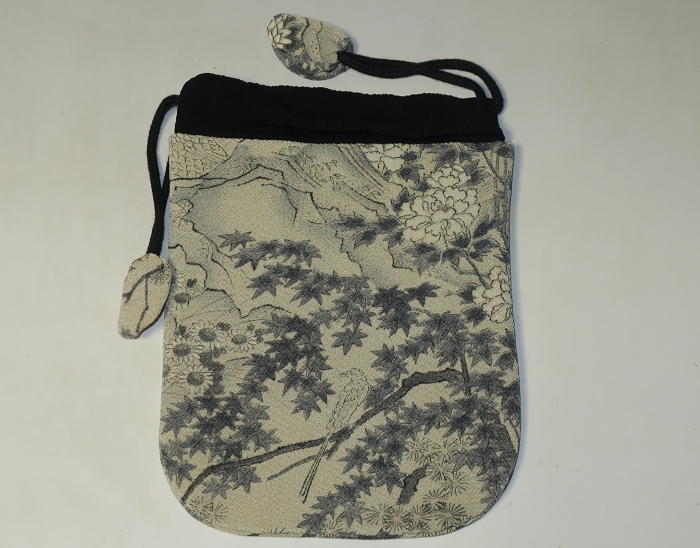


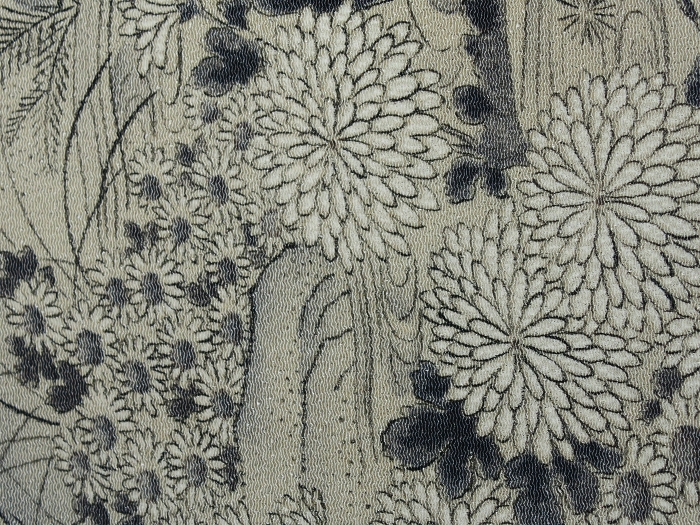

Japanese clothing
There are typically two types of clothing that the Japanese wear: the Japanese clothing (和服wafuku), such as kimonos, and Western clothing (洋服yōfuku). Japanese traditional fashion combines multiple styles that reflect early Japan’s visual culture. It represents the culture’s visible artistic and traditional values and joins them together to create a form of fashion recognizable to foreign cultures.
The most well known form of Japanese traditional fashion is the kimono (translates to “something to wear”), Although the traditional wear for Japan became popularized during the Heian period (794-1185) and was worn casually at the time, it is now rare to find people doing so due to the difficult process associated with the wardrobe.
Each type of garment corresponds to a special occasion, such as festivals, ceremonies, or weddings. The materials, colors, and layers used for the clothing differentiate them and their significance, as the looks are also often worn seasonally. The clothing that embodies the culture represents Japan’s traditional values that remain in their community to this day.
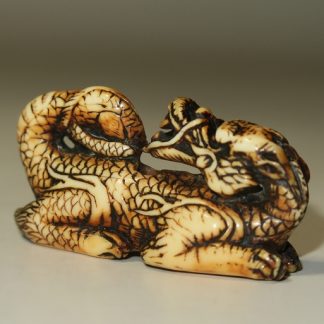

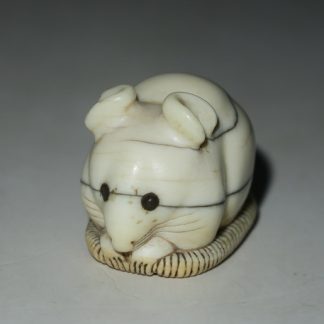
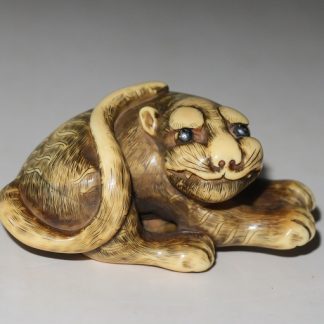
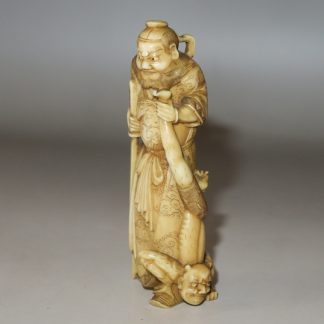




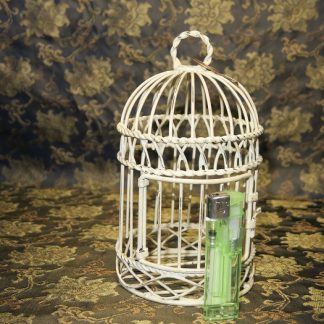

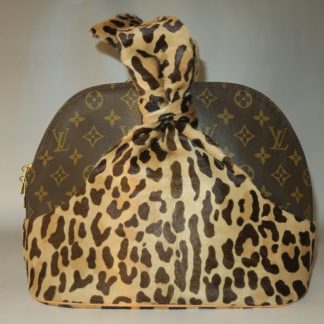
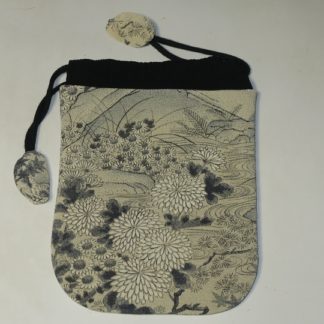
评论
目前还没有评论